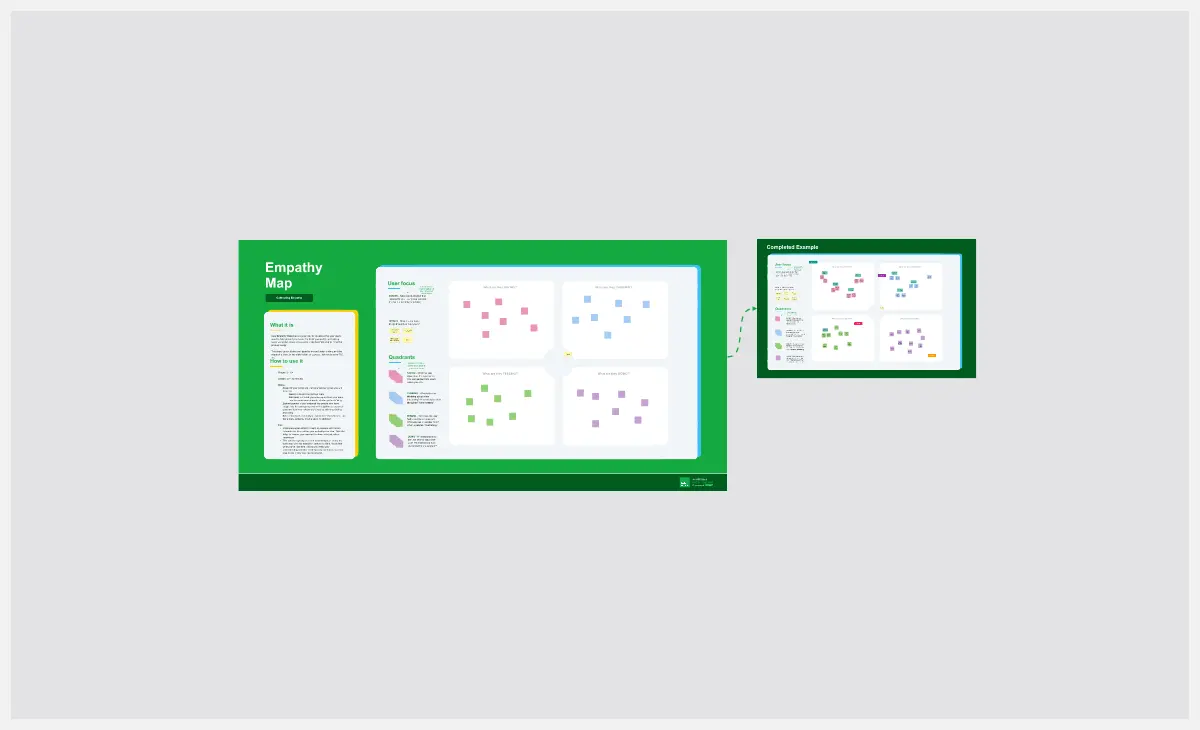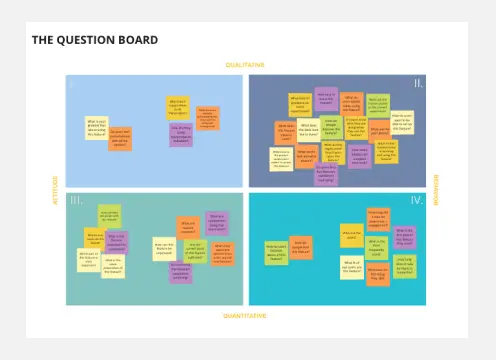A Framework to holistically analyze the situation in Usability Tests for Spatial Computing / AR Applications considering four dimensions of cognition:
User's subjective Perception
Digital & Physical Environment
Activities performed
Additional Elements used
Introduction
Spatial Computing offer new experiences which are different to usual mobile or desktop applications. The difference is especially visible in the connection of the physical and digital space which is crucial. This blend needs to be taken into account in the evaluation of the application. The Spatial Computing Evaluation Framework helps to consider the connection between the physical and the digital environment in a usability test and allows you to structurally take notes on the different dimensions relevant to the UX of spatial computing applications.
The framework is designed in four dimensions that follow the 4E cognition theory. It helps to analyse not only the spatial environment, but also the subjective perception of the user, the activities performed and additional elements relevant to the situation.
The framework also helps you to analyse the interaction as a series of steps that can be analysed based on the four dimensions. This helps to identify problems and how actions affect each other.
Structure
The framework is based on four dimensions, each containing relevant aspects and descriptive keywords to it. To simplify the interpretation the aspects and keywords are transformed into questions for reflection.
To use the framework in a usability test, each interaction with the application should be analysed seperately as a column in the framework. For every step, all four dimensions should be analysed, using the aspects and keywords provided as well as the questions for reflection. As for example the user placing the digital object in physical space would be one step to analyse for an AR application.
Dimensions
The four dimensions can be used to analyse the situation holistically, taking into account different aspects of the environment that are relevant to the interaction with Spatial Computing applications.
The first dimension covers the subjective perception of the user, called Embodied. It analyses what emotions and behaviors the user has while using the application and tries to understand what prior knowledge or attitudes influence these factors
The second dimension is the spatial environment, called Embedded. It analyses how the physical and the digital space are connected with each other and which elements are used to embed the digital elements in the physical space.
The third dimension covers the activities of the situation, called Enacted. It analyses the interaction with the artefact, which may be a device, but also with the environment, either physical or digital. It also takes into account the relevant people in the situation and the way in which perception is influenced by the interaction being performed.
The fourth dimension covers additional elements used for cognition, called Extended. This includes the use of additional tools or objects to interact with the application, and the use of support from other people.
Analysis
After the usability test has been carried out and the framework has been filled in, the issues can be highlighted and summarised in the last row. The division of each action can be a starting point for the identification of potential causes of the issues, which need detailed analysis.
In order to find solutions to the issues, the reflective questions in each dimension may help you to come up with new design ideas and what aspects could be taken into account in the design.
Categories
Similar templates
User Empathy Map

User Empathy Map
User Empathy Map template helps you visualize user experiences and needs. It’s an essential tool for teams looking to design products that resonate with their users. Use this template to build empathy and improve user satisfaction.
The Customer Question Board
User Empathy Map

User Empathy Map
User Empathy Map template helps you visualize user experiences and needs. It’s an essential tool for teams looking to design products that resonate with their users. Use this template to build empathy and improve user satisfaction.

